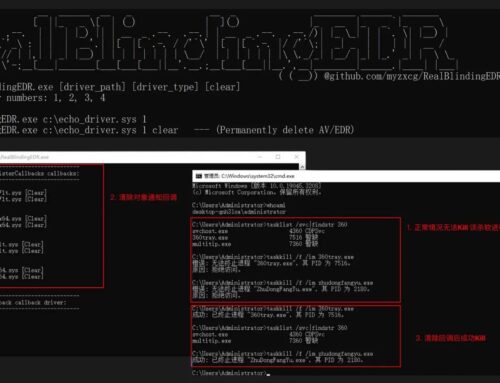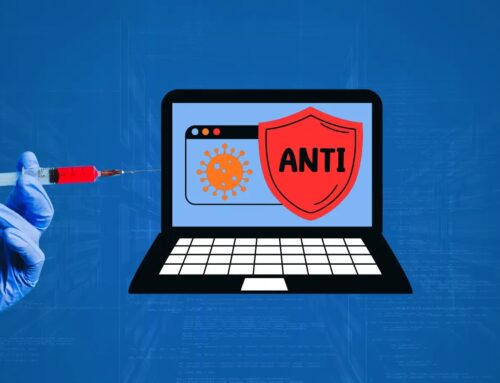
APT Sidewinder Spoofs Government and Military Institutions to Steal Login Credentials
In the high-stakes realm of national security and critical infrastructure, the integrity of digital credentials is paramount. A single compromised login can unravel layers of defense, exposing sensitive data and undermining strategic operations. This constant threat is underscored by recent activities attributed to APT Sidewinder, a sophisticated and persistent threat actor leveraging meticulously crafted phishing campaigns to target government and military institutions.
APT Sidewinder: A Persistent Threat Targeting Critical Sectors
APT Sidewinder, believed to originate from South Asia, has demonstrated a significant evolution in its operational tactics. This advanced persistent threat group is renowned for its adaptability and precision in credential harvesting. Their latest campaign specifically targets government and military entities across Bangladesh, Nepal, Turkey, and adjacent countries. The objective is clear: to illicitly obtain sensitive authentication credentials from high-value individuals and organizations.
Sophisticated Phishing Tactics: The Art of Digital Deception
The hallmark of APT Sidewinder’s current campaign lies in its exceptional ability to create highly convincing replicas of official login portals. These are not rudimentary phishing pages but meticulously designed digital doppelgängers, engineered to mimic legitimate government and military web presences. Victims are lured to these counterfeit sites through various means, likely spear-phishing emails or malicious links, where they are prompted to enter their login details. Once entered, these credentials are siphoned off by the attackers, granting them unauthorized access to critical systems and sensitive information.
The success of these spoofed portals hinges on their visual and functional fidelity, making it exceedingly difficult for even vigilant users to discern their fraudulent nature. This level of sophistication underscores a calculated effort by APT Sidewinder to exploit human trust and organizational reliance on digital access.
Geographic Scope and Strategic Implications
The geographic focus of this campaign—Bangladesh, Nepal, Turkey, and surrounding nations—highlights a calculated strategic interest in these regions. Targeting government and military institutions in these areas suggests an agenda extending beyond simple data theft, potentially aiming for intelligence gathering, espionage, or even disruption. The continuous targeting of such critical sectors by APT Sidewinder indicates a long-term commitment to their objectives, making them a significant and ongoing cybersecurity concern for these nations and their allies.
Remediation Actions and Proactive Defenses
Mitigating the threat posed by APT Sidewinder’s credential harvesting campaigns requires a multi-layered and proactive defense strategy. Organizations, especially those in government and military sectors, must prioritize robust security measures and user education.
- Enhanced User Awareness Training: Regularly educate employees on identifying phishing attempts, including sophisticated spoofing techniques. Emphasize scrutinizing URLs, looking for subtle discrepancies, and verifying sender identities.
- Multi-Factor Authentication (MFA) Implementation: Deploy MFA across all critical systems and accounts. Even if credentials are stolen, MFA acts as a vital secondary barrier, significantly impeding unauthorized access.
- Regular Security Audits and Penetration Testing: Conduct frequent assessments of your network infrastructure and web applications to identify and remediate potential vulnerabilities before they can be exploited.
- Email Security Gateways: Implement advanced email security solutions capable of detecting and blocking malicious links, attachments, and sophisticated phishing emails before they reach end-users.
- Domain Monitoring: Proactively monitor for the registration of domain names that closely resemble official government or military domains, which could indicate preparations for new phishing campaigns.
- Endpoint Detection and Response (EDR) Solutions: Deploy EDR tools to monitor endpoints for suspicious activity, allowing for rapid detection and response to potential compromises.
- Patch Management: Ensure all operating systems, applications, and network devices are kept current with the latest security patches to close known vulnerabilities. Although not directly related to credential harvesting via spoofing, vulnerabilities like CVE-2023-28252 (Windows privilege escalation) or CVE-2023-29336 (Microsoft SharePoint elevation of privilege) could be exploited in the broader attack chain post-initial compromise.
Tools for Detection and Prevention
| Tool Name | Purpose | Link |
|---|---|---|
| PhishMe (Cofense) | Simulated phishing attacks & user training | https://cofense.com/ |
| Proofpoint Email Security | Advanced email threat protection | https://www.proofpoint.com/ |
| DUO Security | Multi-Factor Authentication (MFA) | https://duo.com/ |
| CrowdStrike Falcon Insight XDR | Endpoint Detection & Response (EDR/XDR) | https://www.crowdstrike.com/ |
| DomainTools | Domain name monitoring and research | https://www.domaintools.com/ |
Conclusion
The activities of APT Sidewinder serve as a stark reminder of the persistent and evolving threat landscape facing government and military institutions worldwide. Their sophisticated credential harvesting operations, leveraging highly convincing spoofed login portals, underscore the critical need for continuous vigilance, advanced security measures, and comprehensive cybersecurity training. Protecting sensitive authentication credentials is not merely a technical challenge but a foundational element of national security in the digital age. Organizations must remain proactive, adaptive, and resilient to counter such advanced persistent threats effectively.





